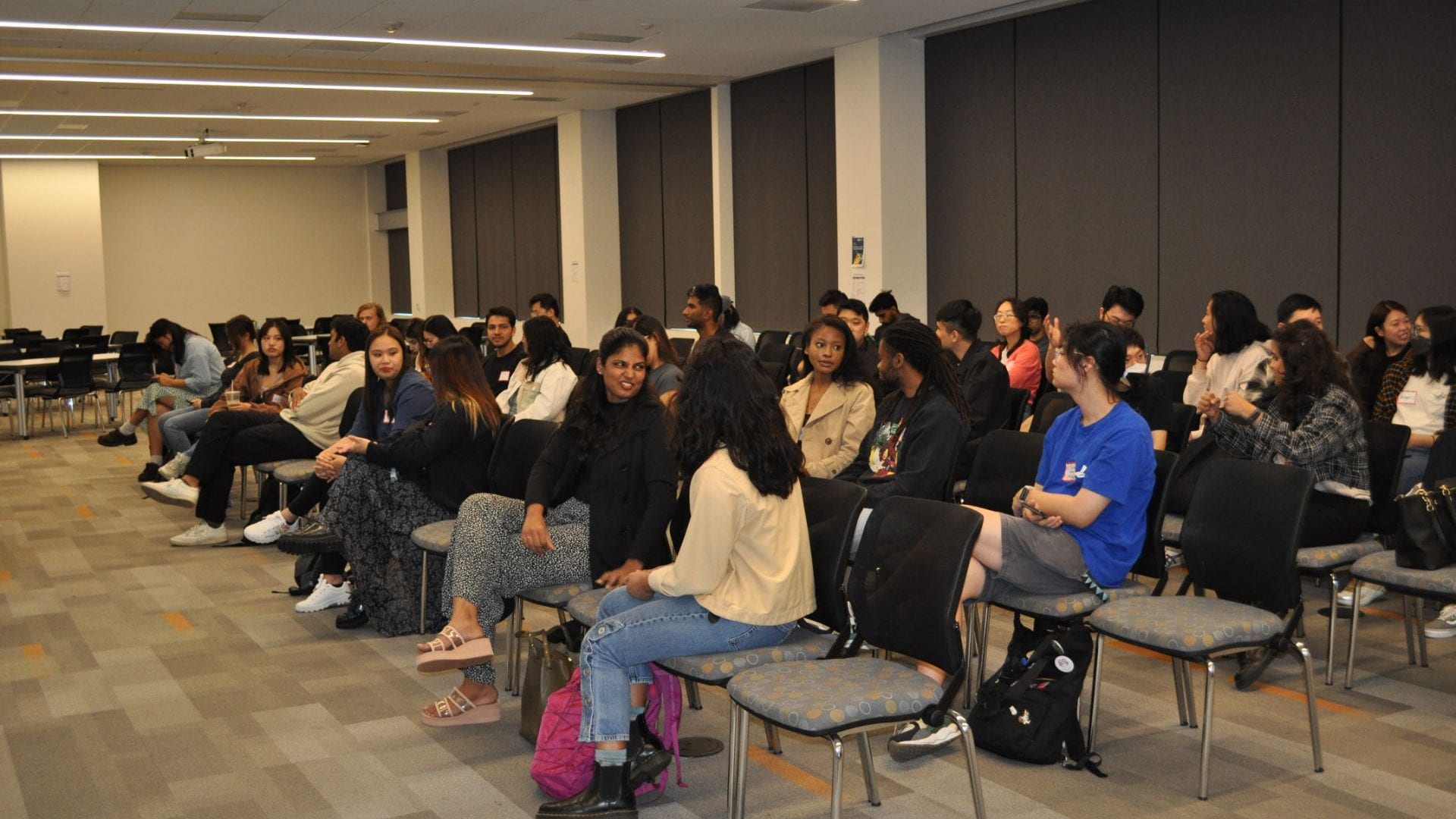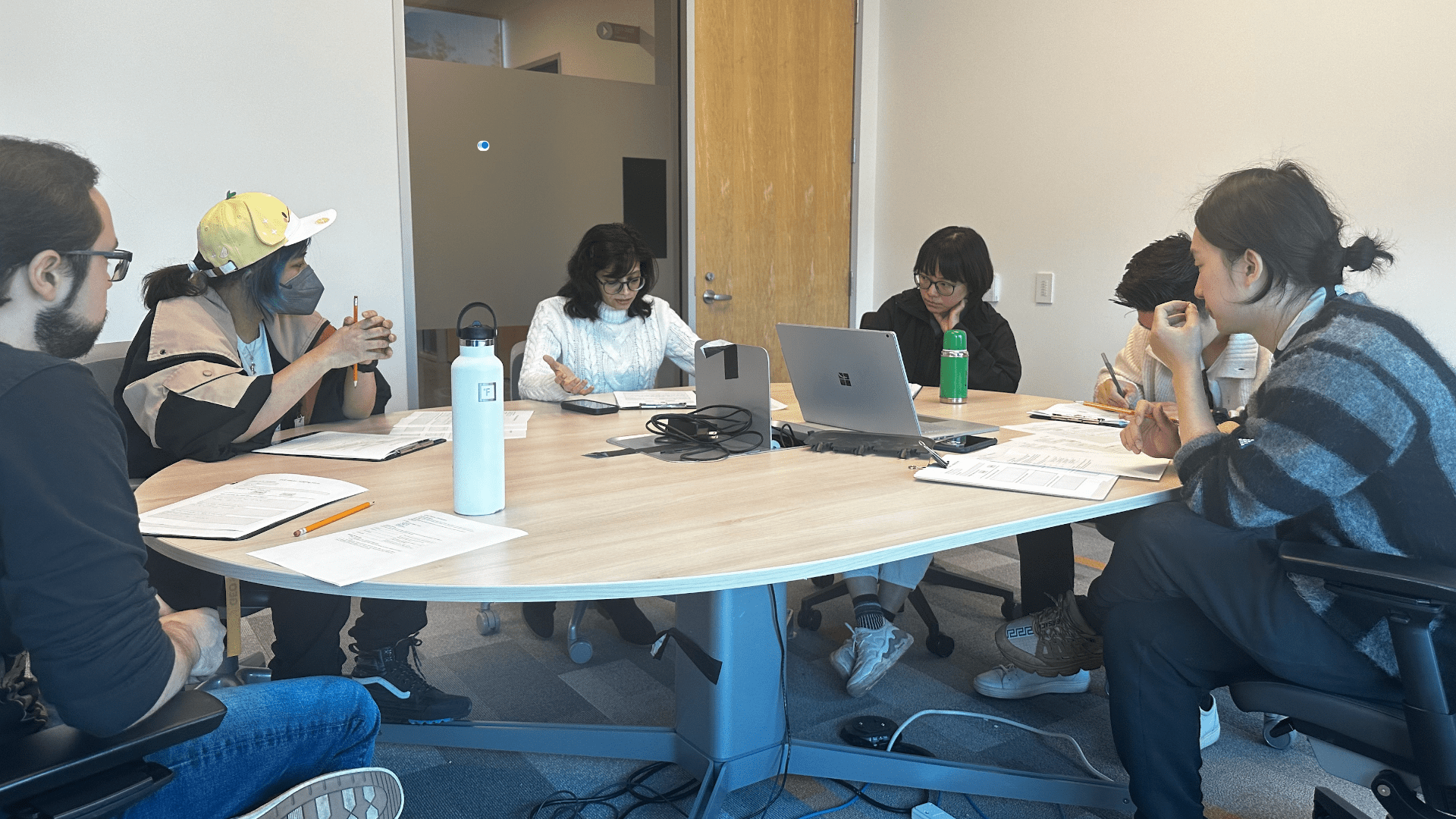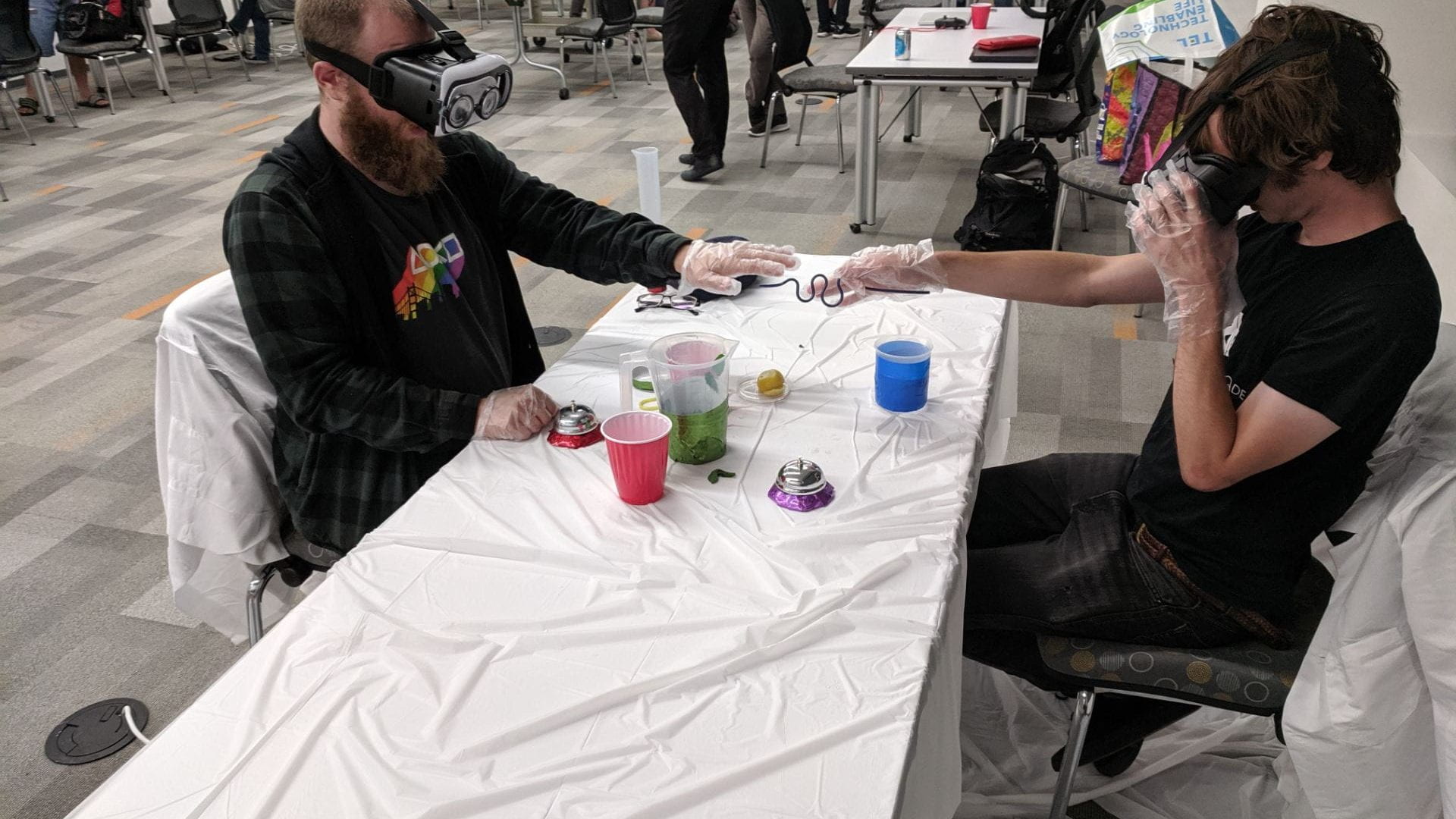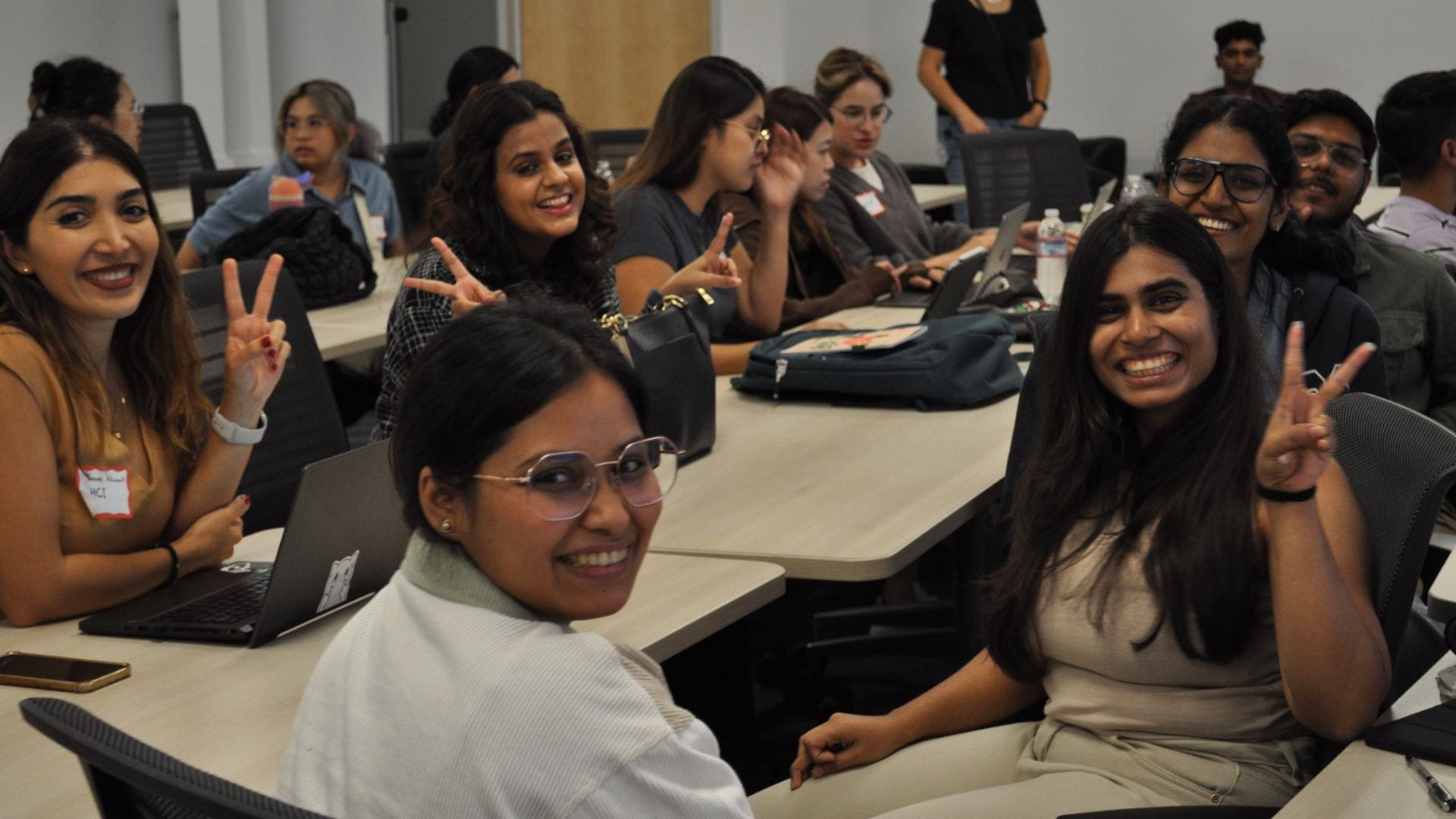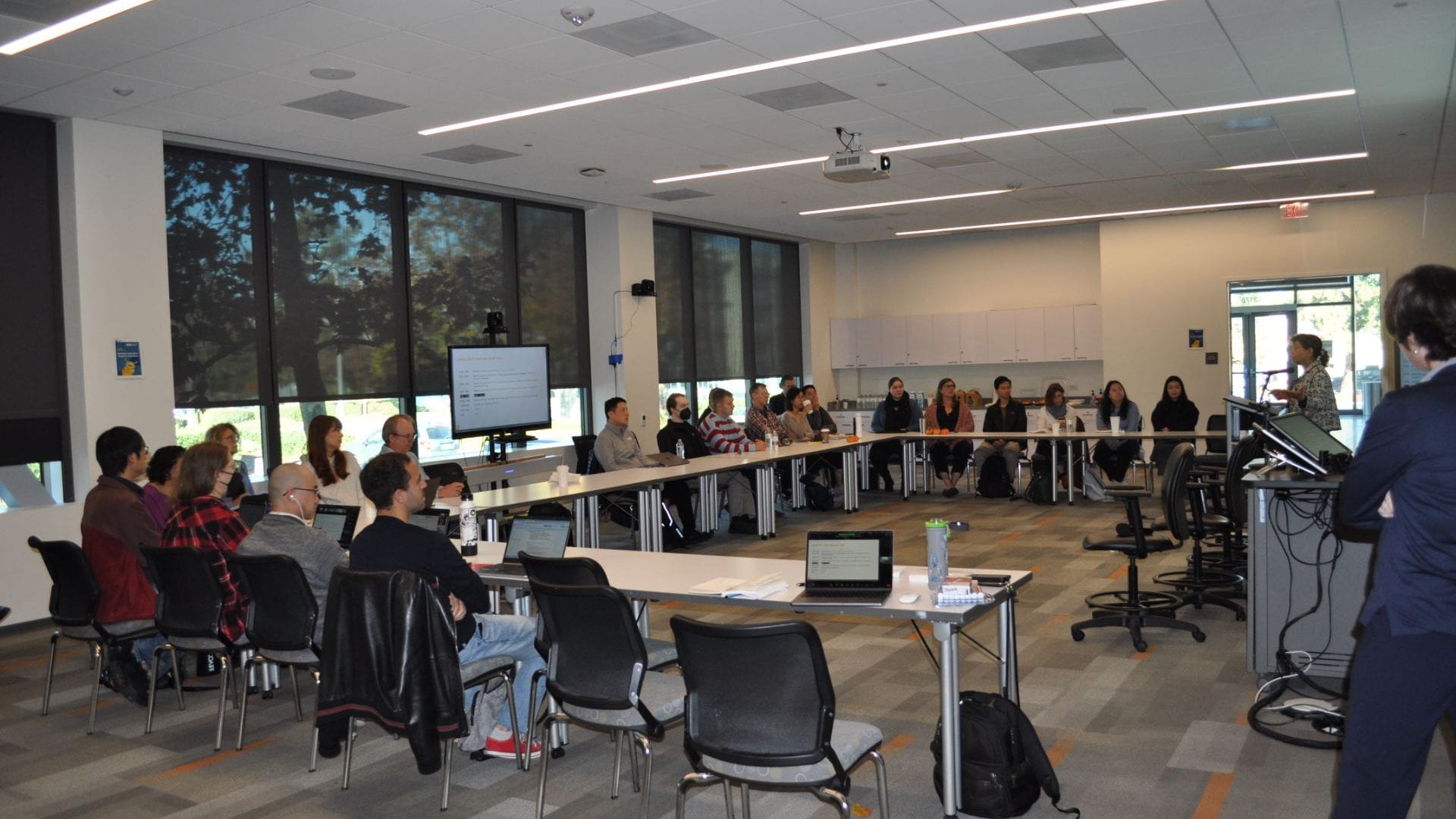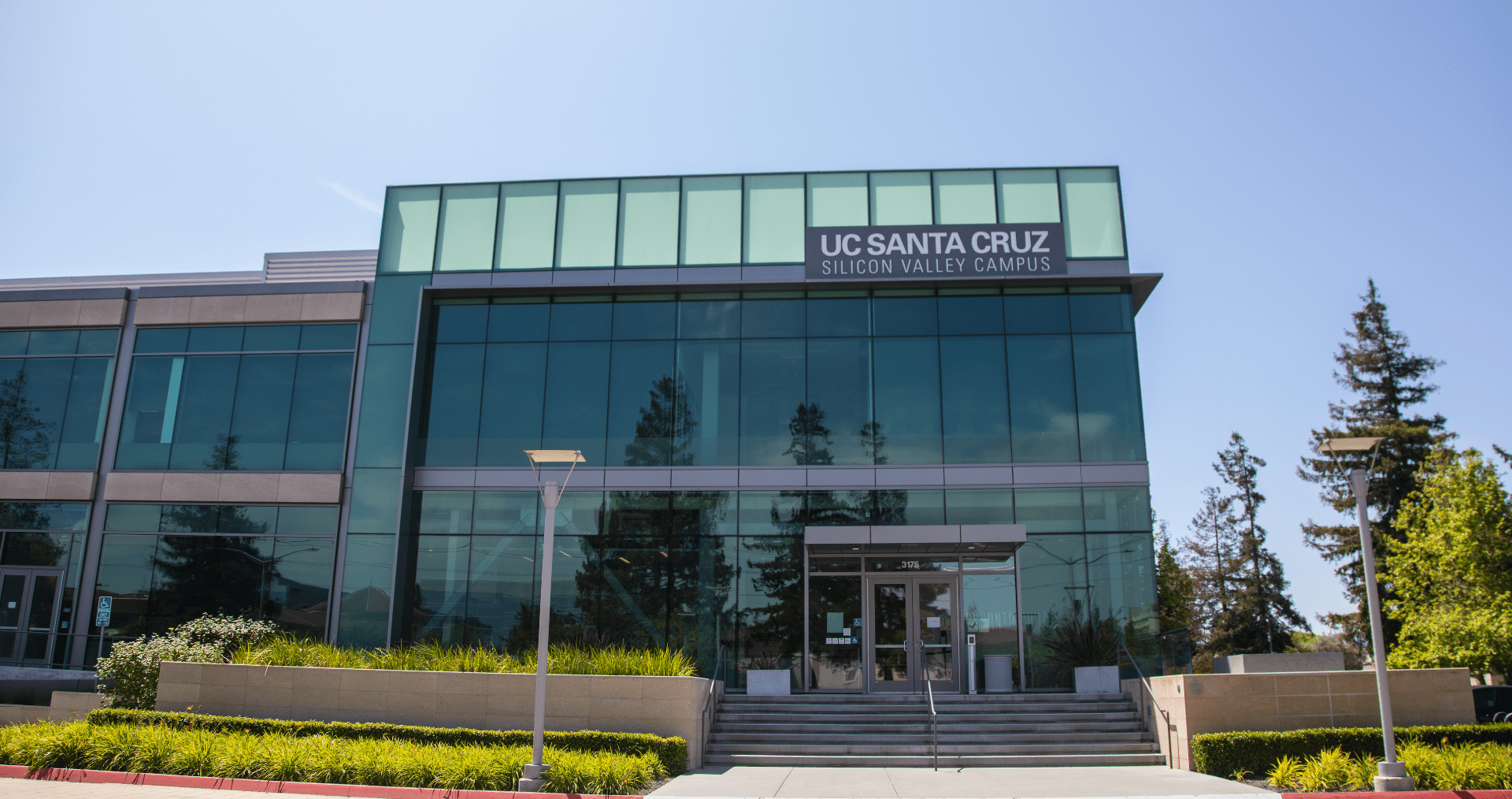
The HCI MS Program
About the program
Located in the heart of Silicon Valley in Santa Clara, California, the Master of Science in HCI is a four-quarter (15 months) program that prepares students for a career in the User Experience (UX) profession, such as in product design and UX research. At the UCSC Silicon Valley Campus faculty and students lead innovative research relevant to the local tech field, and build on close ties to Silicon Valley industry partners to create a larger impact with their cutting edge work.
Students learn and apply design methodologies, prototyping and technical build skills, user research, and collaborative teamwork and stakeholder communication. Drawing from UC Santa Cruz’s strong tradition in social justice, students will think critically and address unconscious bias, include underrepresented users, and identify potential harms in the design process and research.
Our curriculum balances cutting-edge research from our faculty experts with current practices from our passionate industry mentors and sponsors. This culminates in a two-quarter UX capstone project where student teams are paired with industry sponsors and faculty.
HCI MS Quick Facts
- Located in the heart of Silicon Valley in Santa Clara, California
- Strong social justice ethos
- Cohort size is around 25 students
- Students have backgrounds in the fields of computer science, cognitive science, IT, psychology, social sciences, and more
- Partnerships and strong engagement with industry, non-profits, and community leaders
- Students learn and apply user research, HCI methodologies, prototyping/technical build skills, inclusive design, collaborative teamwork and stakeholder communication to a variety of products, services, and business problems
- 4-quarter, 15-month program
What can I do with an Human Computer Interaction MS degree?
An MS in Human Computer Interaction from UCSC provides students with tangible skills and a portfolio necessary to pursue a career in a variety of roles, including user experience (UX) design, user interface (Ul) design, user research, UX writing / content design, and more. Note that depending on the organization, a UX/HCI professional may serve many of the roles below simultaneously.
Product Designer/Interaction Designer
Product designers work collaboratively with user research to craft the experience and look and feel of systems through prototypes. Designers shape an interactive and innovative user experience that considers different interaction paradigms (e.g., touch interfaces, voice user interfaces, GUls), contextual or cultural factors, and accessibility. They have a sensibility for the business needs and outcomes of designs. Product designers are adept at rapid prototyping systems of different fidelities. Lastly, they work with various stakeholders including engineers and product managers.
User Experience (UX) Researcher
A UX researcher engages in qualitative (e.g., interviews) and/or quantitative (e.g., experimental designs) user research methods to help their product teams understand users, identify their pain points with technologies, and suggest design opportunities to improve technologies for users. As user advocates, UX researchers also engage in methods that allow users to be co-designers of technologies and identify unconscious bias in design (e.g., systems that disproportionately harm some while benefiting others). UX researchers do both formative and summative research to influence multiple stakeholders in technology development and product strategy
UX Engineer/Prototyper
UX Engineers have a strong mix of design and technical skills who can rapidly engineer novel and high-quality prototypes (e.g., AR/VR, loT prototypes) of varying fidelity levels to help craft product experiences. UX Engineers often bridge discussions between design and engineering stakeholders.
Product Manager
Product Managers guide new product features and ideas from concept to launch. They understand and balance user needs and business needs. They work closely with multiple stakeholders like designers, engineers, and research to shape product strategy.
